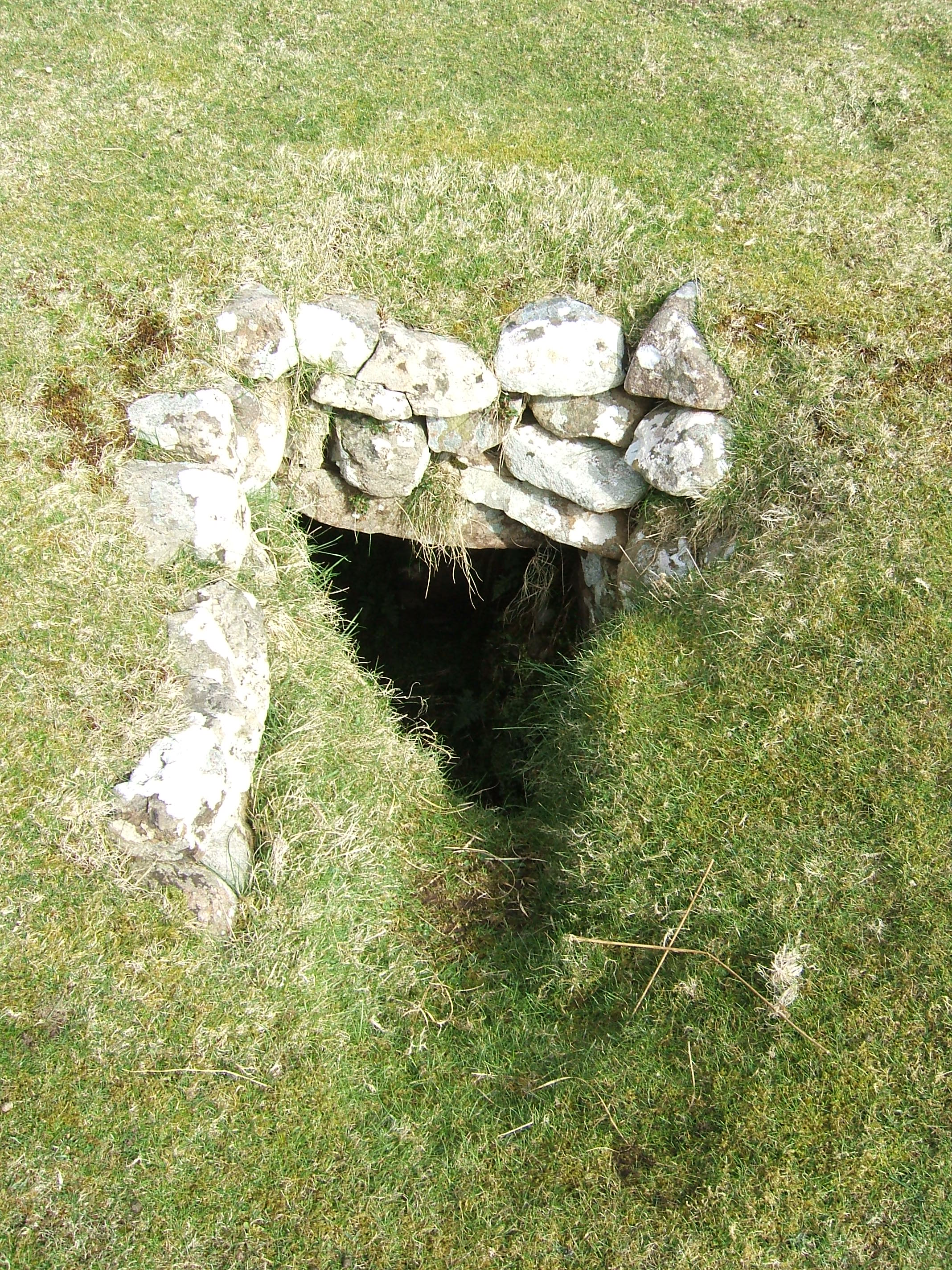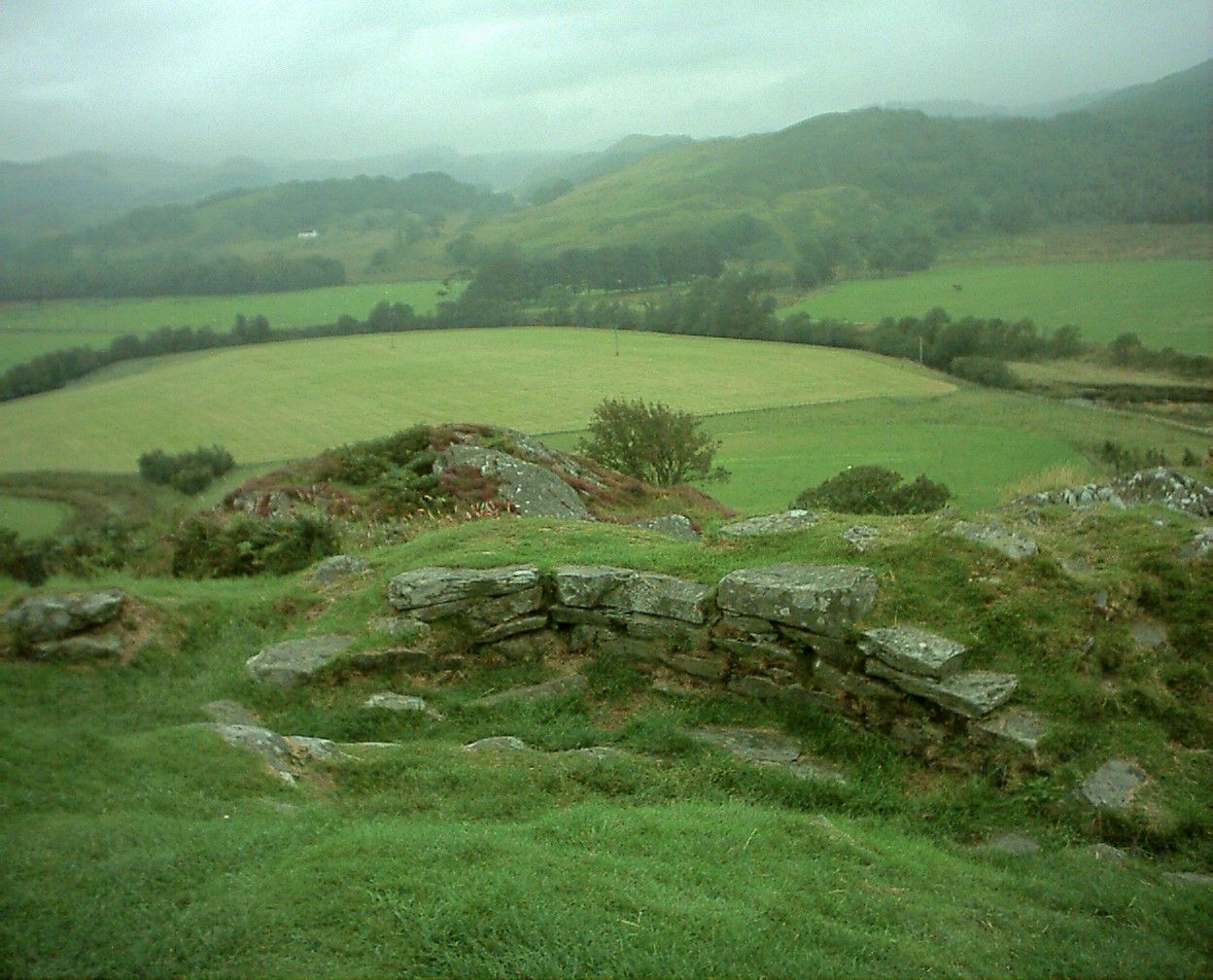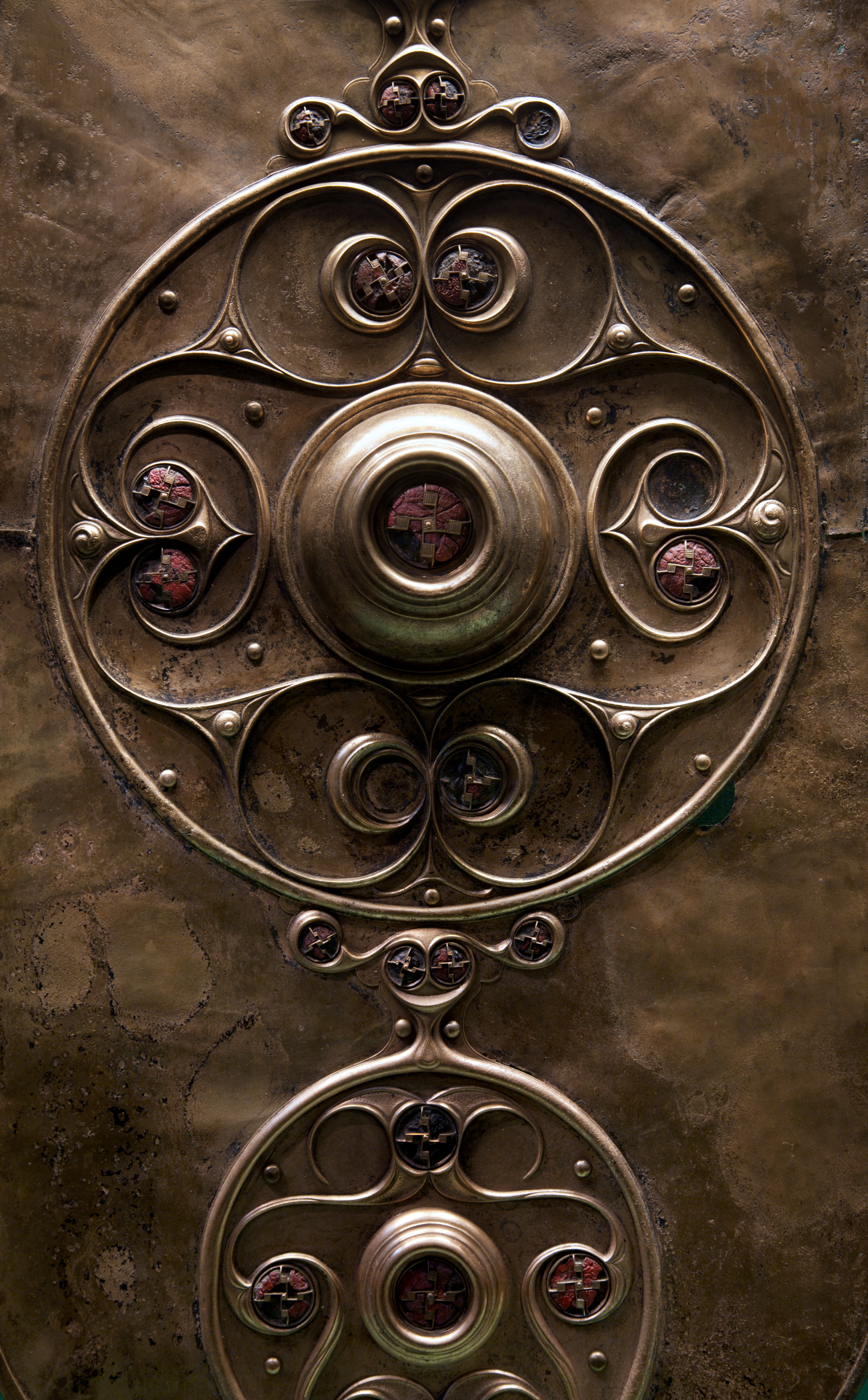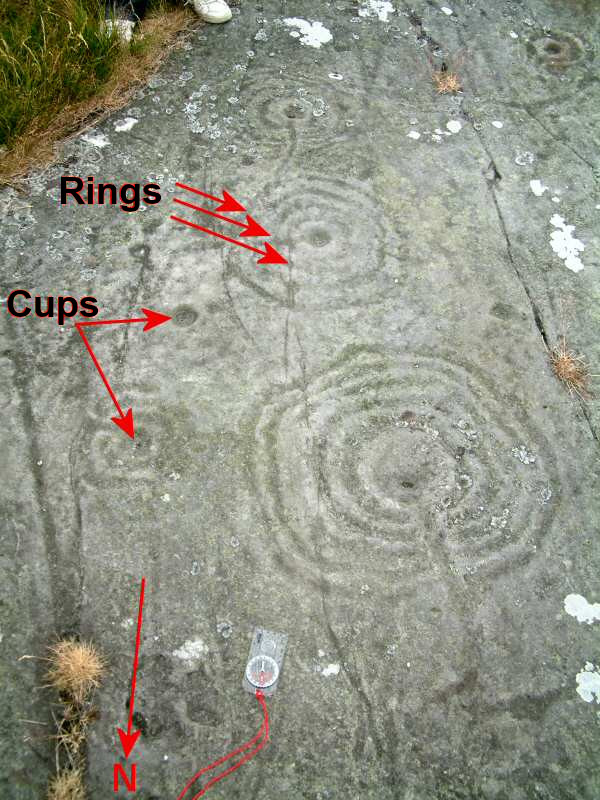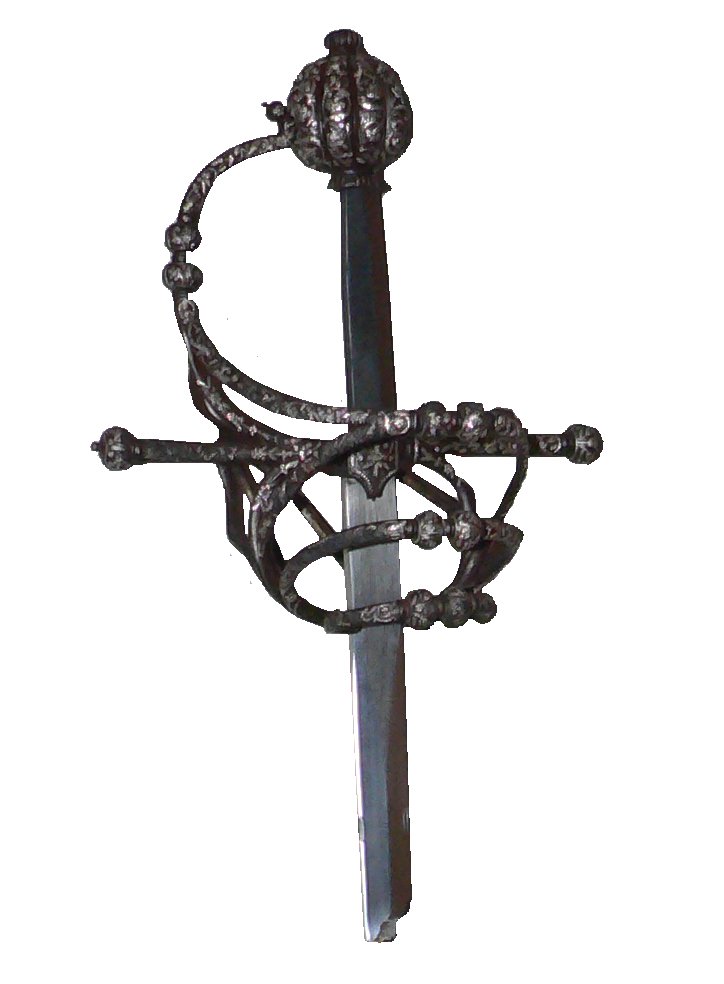|
Auchterhouse
Auchterhouse (; ) is a village, community, and civil parish in the Scottish council area of Angus, located north west of Dundee, south east of Alyth and south west of Forfar. It lies on the southern edge of the Sidlaw Hills, below Auchterhouse Hill, high. The parish, which is coterminous with the community, had a population of 520 in 2001. The village, formerly known as ''Milltown of Auchterhouse'', straddles the B954 Muirhead to Newtyle road. About east lies the larger village of Kirkton of Auchterhouse, where the church and school are located. Singer Billy MacKenzie lived in the village from 1991 until his death in 1997. Kirkton, in Auchterhouse, was the subject of the painting 'Sidlaw Village, Winter' by James MacIntosh Patrick. History The earliest human settlement discovered around Auchterhouse dates from 3500 to 1000 BC, in the form of stone and bronze tools used by the first farmers to clear woodland. Wheat and barley were grown, and cattle and sheep kept ... [...More Info...] [...Related Items...] OR: [Wikipedia] [Google] [Baidu] |
Sidlaw Hills
The Sidlaws are a range of hills in the counties of Perthshire and Angus, Scotland, Angus in Scotland that extend for 30 miles (45 km) from Kinnoull Hill, near Perth, Scotland, Perth, northeast to Forfar. A continuation of the Ochils, they separate Strathmore, Angus, Strathmore to the north from the Carse of Gowrie on the shore of the Firth of Tay, Tay. At 1492 feet (455 metres), Craigowl Hill, north of Dundee, is the highest of the Sidlaws. Points of interest include Dunsinane Hill, mentioned in Shakespeare's play ''Macbeth'', and Auchterhouse Hill, which was the site of an ancient hill fort. The ruined observatory on Kinpurnie Hill was built in the 18th century and can be seen for many miles on the Strathmore side of the Sidlaws. There is a local legend that a poacher named Brandon Henderson lived as a hermit in the tower for seven years in order to win a £100 bet. ''Sidlaw Hills'' is also the name of a "Schottische" marching tune composed for the fiddle by Jim Wat ... [...More Info...] [...Related Items...] OR: [Wikipedia] [Google] [Baidu] |
Angus, Scotland
Angus (; ) is one of the 32 Local government in Scotland, local government council areas of Scotland, and a Lieutenancy areas of Scotland, lieutenancy area. The council area borders Aberdeenshire, Dundee City (council area), Dundee City and Perth and Kinross. Main industries include agriculture and fishing. Global pharmaceuticals company GlaxoSmithKline, GSK has a significant presence in Montrose, Angus, Montrose in the east of the county. Angus was historically a Provinces of Scotland, province, and later a sheriffdom and Shires of Scotland, county (called Forfarshire or the County of Forfar until 1928), bordering Kincardineshire to the north-east, Aberdeenshire (historic), Aberdeenshire to the north and Perthshire to the west; southwards it faced Fife across the Firth of Tay. The county included Dundee until 1894, when it was made a county of city, county of a city. The pre-1894 boundaries of Angus continue to be used as a registration county. Between 1975 and 1996 Angus was a ... [...More Info...] [...Related Items...] OR: [Wikipedia] [Google] [Baidu] |
Billy MacKenzie
William MacArthur MacKenzie (27 March 1957 – 22 January 1997) was a Scottish singer and songwriter, known for his distinctive high tenor voice. He was the co-founder and lead vocalist of post-punk and new wave band the Associates. He also had a brief solo career releasing his debut studio album, ''Outernational'', in 1992, his only solo album released during his lifetime. Biography William MacArthur MacKenzie was born on 27 March 1957 in Dundee, Scotland. As a youngster, he lived on Park Avenue in the Stobswell area of the city. He attended St Mary's Forebank Primary School and St Michael's Secondary School. He led a peripatetic lifestyle, decamping to New Zealand at the age of 16, and travelling across America aged 17. Here he married Chloe Dummar, the sister-in-law of his Aunt Veronica. While MacKenzie was quoted as saying the marriage was made to stave off deportation so that he could sing with the New Orleans Gospel Choir – calling his wife a 'Dolly Parton type' � ... [...More Info...] [...Related Items...] OR: [Wikipedia] [Google] [Baidu] |
McManus Galleries
The McManus: Dundee's Art Gallery and Museum is a Gothic Revival-style building, located in the centre of Dundee, Scotland. The building houses a museum and art gallery with a collection of fine and decorative art as well as a natural history collection. It is protected as a Category A listed building. The concept for the building was originally commissioned as a memorial to Albert, Prince Consort, Prince Albert and intended to contain room for lectures, museum, picture gallery and a reference library for students by the British Association for the Advancement of Science. It was agreed that the funding for the building should be provided by the inhabitants of Dundee. Although the city could not afford such a lavish memorial outright, it did contribute £300. A guaranteed fund of £4,205 15/- from 168 contributors was collected, which included a large donation from the Baxter family that totalled £420. The building was designed by the architect George Gilbert Scott, who was ... [...More Info...] [...Related Items...] OR: [Wikipedia] [Google] [Baidu] |
Mary (mother Of Jesus)
Mary was a first-century Jewish woman of Nazareth, the wife of Joseph and the mother of Jesus. She is an important figure of Christianity, venerated under various titles such as virgin or queen, many of them mentioned in the Litany of Loreto. The Eastern and Oriental Orthodox, Catholic, Anglican, Methodist, Reformed, Baptist, and Lutheran churches believe that Mary, as mother of Jesus, is the Mother of God. The Church of the East historically regarded her as Christotokos, a term still used in Assyrian Church of the East liturgy. Other Protestant views on Mary vary, with some holding her to have lesser status. She has the highest position in Islam among all women and is mentioned numerous times in the Quran, including in a chapter named after her.Jestice, Phyllis G. ''Holy people of the world: a cross-cultural encyclopedia, Volume 3''. 2004, , p558 Sayyidana Maryam . She is also revered in the Baháʼí Faith and the Druze Faith. The synoptic Gospels name Mary as the ... [...More Info...] [...Related Items...] OR: [Wikipedia] [Google] [Baidu] |
Souterrain
''Souterrain'' (from French ', meaning "subterrain", is a name given by archaeologists to a type of underground structure associated mainly with the European Atlantic Iron Age. These structures appear to have been brought northwards from Gaul during the late Iron Age. Regional names include earth houses, fogous and Pict PICT is a graphics file format introduced on the original Apple Macintosh computer as its standard metafile format. It allows the interchange of graphics (both bitmapped and vector), and some limited text support, between Mac applications, an ...ish houses. The term ''souterrain'' has been used as a distinct term from ''fogou'' meaning 'cave'. In Cornwall the regional name of ''fogou'' (Cornish language, Cornish for 'cave') is applied to souterrain structures. The design of underground structures has been shown to differ among regions; for example, in western Cornwall the design and function of the fogou appears to correlate with a larder use. Etymology T ... [...More Info...] [...Related Items...] OR: [Wikipedia] [Google] [Baidu] |
Hillforts In Britain
Hillforts in Britain refers to the various hillforts within the island of Great Britain. Although the earliest such constructs fitting this description come from the Neolithic British Isles, with a few also dating to later Bronze Age Britain, British hillforts were primarily constructed during the British Iron Age. Some of these were apparently abandoned in the southern areas that were a part of Roman Britain, although at the same time, those areas of northern Britain that remained free from Roman occupation saw an increase in their construction. Some hillforts were reused in the Early Middle Ages, and in some rarer cases, into the later medieval period as well. By the early modern period, these had essentially all been abandoned, with many being excavated by archaeology, archaeologists in the nineteenth century onward. There are around 3,300 structures that can be classed as hillforts or similar "defended enclosures" within Britain. Most of these are clustered in certain regions: s ... [...More Info...] [...Related Items...] OR: [Wikipedia] [Google] [Baidu] |
British Iron Age
The British Iron Age is a conventional name used in the archaeology of Great Britain, referring to the prehistoric and protohistoric phases of the Iron Age culture of the main island and the smaller islands, typically excluding prehistoric Ireland, which had an Iron Age Ireland, independent Iron Age culture of its own. The Iron Age is not an archaeological horizon of common artefacts but is rather a locally-diverse cultural phase. The British Iron Age followed the Bronze Age Britain, British Bronze Age and lasted in theory from the first significant use of iron for tools and weapons in Britain to the Romano-British culture, Romanisation of the southern half of the island. The Romanised culture is termed Roman Britain and is considered to supplant the British Iron Age. The tribes living in Britain during this time are often popularly considered to be part of a broadly-Celts, Celtic culture, but in recent years, that has been disputed. At a minimum, "Celtic" is a linguistic ter ... [...More Info...] [...Related Items...] OR: [Wikipedia] [Google] [Baidu] |
Cup And Ring Mark
Cup and ring marks or cup marks are a form of prehistoric art found in the Atlantic seaboard of Europe (Ireland, Wales, Northern England, Scotland, France (Brittany), Portugal, and Spain (Galicia (Spain), Galicia) – and in Mediterranean Europe – Italy (in Alpine valleys and Sardinia), Azerbaijan and Greece (Thessaly and Irakleia (Cyclades)), as well as in Scandinavia (Denmark, Sweden, Norway and Finland) and in Switzerland (at Caschenna in Canton of Grisons, Grisons). Similar forms are also found throughout the world including Australia, Gabon, Greece, Hawaii, India (Bhanpura#Daraki-Chattan Cave survey Bhanpura, Daraki-Chattan and Dwarahat), Israel, Mexico, Mozambique and the Americas. The oldest known forms are found from the Fertile Crescent to India. They consist of a wikt:concave, concave depression, no more than a few centimetres across, pecked into a rock surface and often surrounded by concentric circles also etched into the stone. Sometimes a linear channel called a ... [...More Info...] [...Related Items...] OR: [Wikipedia] [Google] [Baidu] |
Edinburgh
Edinburgh is the capital city of Scotland and one of its 32 Council areas of Scotland, council areas. The city is located in southeast Scotland and is bounded to the north by the Firth of Forth and to the south by the Pentland Hills. Edinburgh had a population of in , making it the List of towns and cities in Scotland by population, second-most populous city in Scotland and the List of cities in the United Kingdom, seventh-most populous in the United Kingdom. The Functional urban area, wider metropolitan area had a population of 912,490 in the same year. Recognised as the capital of Scotland since at least the 15th century, Edinburgh is the seat of the Scottish Government, the Scottish Parliament, the Courts of Scotland, highest courts in Scotland, and the Palace of Holyroodhouse, the official residence of the Monarchy of the United Kingdom, British monarch in Scotland. It is also the annual venue of the General Assembly of the Church of Scotland. The city has long been a cent ... [...More Info...] [...Related Items...] OR: [Wikipedia] [Google] [Baidu] |
National Museum Of Scotland
The National Museum of Scotland in Edinburgh, Scotland, is a museum of Scottish history and culture. It was formed in 2006 with the merger of the new Museum of Scotland, with collections relating to Scottish antiquities, culture and history, and the adjacent Royal Scottish Museum (opened in 1866 as the Edinburgh Museum of Science and Art, renamed in 1904, and for the period between 1985 and the merger named the Royal Museum of Scotland or simply the Royal Museum), with international collections covering science and technology, natural history, and world cultures. The two connected buildings stand beside each other on Chambers Street, by the junction with the George IV Bridge, in central Edinburgh. The museum is part of National Museums Scotland and admission is free. The two buildings retain distinctive characters: the Museum of Scotland is housed in a modern building opened in 1998, while the former Royal Museum building was begun in 1861 and partially opened in 1866, wit ... [...More Info...] [...Related Items...] OR: [Wikipedia] [Google] [Baidu] |
Hilt
The hilt (rarely called a haft or shaft) is the handle of a knife, dagger, sword, or bayonet, consisting of a guard, grip, and pommel. The guard may contain a crossguard or quillons. A tassel or sword knot may be attached to the guard or pommel. Pommel The pommel ( Anglo-Norman "little apple") is an enlarged fitting at the top of the handle. They were originally developed to prevent the sword from slipping from the hand. From around the 11th century in Europe, they became heavy enough to be a counterweight to the blade. This gave the sword a point of balance not too far from the hilt, allowing a more fluid fighting style. Depending on sword design and swordsmanship style, the pommel may also be used to strike the opponent (e.g. using the Mordhau technique). Pommels have appeared in a wide variety of shapes, including oblate spheroids, crescents, disks, wheels, and animal or bird heads. They are often engraved or inlayed with various designs and occasionally gilt and moun ... [...More Info...] [...Related Items...] OR: [Wikipedia] [Google] [Baidu] |



